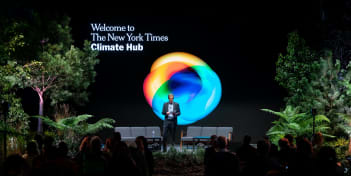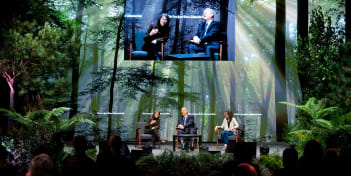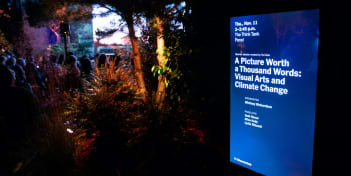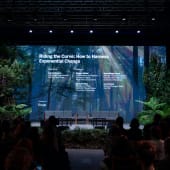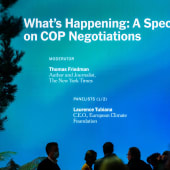The New York Times Climate Hub
The New York Times set out to create one of the largest side events of COP26 in Glasgow 2021 that would be the talk of the town. Of course we wanted to help!
During nine days, the conference featured renowned speakers, ambitious panelists, art exhibitions and creative content for what undoubtedly was one of the most important climate conferences to date.
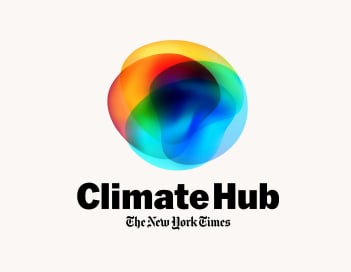
Activation & Identity
The New Division was brought in to create an activation concept as well as a visual identity for the Climate Hub. The identity was expected to encapsulate The New York Times' iconic brand whilst having a distinctive and memorable graphic and motion. The identity created a visually cohesive presence for the talks and experiences onsite, the website, and all other related touch points.
The objective of activation was to create a relaxing yet energizing space for vital conversations about our future, while building recognition for The New York Times as a force for change that supports and communicates scientific, environmental, social and financial solutions that directly address the mounting climate emergency.

The result
The Climate Hub attracted more than 300 panelists and speakers during COP26. Over 38 000 visited us on location and virtually, and we got 9 million “impressions” on YouTube. The activation led to exciting partnerships, connected us with new followers globally and created new energy and engagement for the urgent climate issues. Thanks to this successful project, The New York Times will continue their fight for the climate, and are now planning for their participation during COP27 in Egypt.

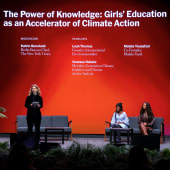
Identity Development
We were given a few keywords to guide us in the design — Dynamic — Hopeful — Powerful — Authoritative — Inspirational. We also wanted the logotype to symbolize the different themes at the conference events: "Water and Oceans", "Construction and Design", "Energy and Storage", "Food and Agriculture" and "Transport and Mobility".
As we started looking at the various elements we felt should be included in the brand, an idea for a logotype grew from the inspirations of heatmaps and weather radar maps. We also wanted the logotype to portray the complexity of sustainability, both the lightness and darkness, while being organic, moving and breathing to provoke your imagination instead of closing it off.
The assignment then grew, from the logo lock-up to a logo in motion, to event design, wayfinding, a promotional trailer, an exhibition extension and an editorial film. Our friends at Code & Conspire built the website that hosted the extension of the brand and, during the event, the free of charge live stream of the panels.

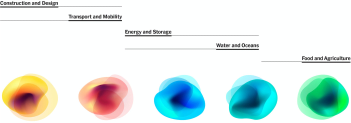
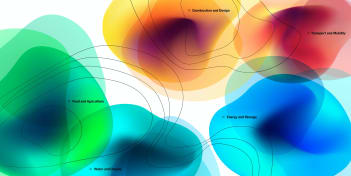
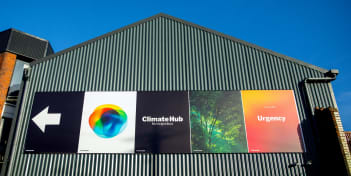
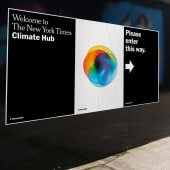
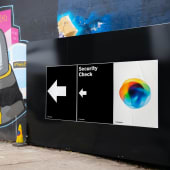
Our digital partner, Code and Conspire built the website for the Climate hub that acted as the focal point for the digital and physical audience. The platform held the conference program, ticket sales, an interactive livestream and a video library of all previous sessions.

Trailer + NYT Journalism Film
We created three different films for the Climate Hub in order to support and extend the identity. All soundtracks were created by our own Jakob Trollbäck together with the brilliant Redpipe Studios and all film animation was constructed by our friends at SOMA Studios. (Special thanks to Luleå Tree Hotel for providing us with beautiful footage!). The trailer featured a glimpse of history where a quick look at technological advancement leads up to today and highlights the various speakers and events at the upcoming hub.
For the journalism film, we wanted to remind the viewer that we have the solutions at hand, we just need to rethink our way of living on this planet. We developed a concept of an untouched new world to open up the viewer's imagination and the possibilities we have to build better systems. And finally, an extension to the forest art installation created by Es Devlin that would enhance the experience of her UK native tree forest.

Branding + Wayfinding
As COP26 finally arrived, we had a team on site to ensure that all the various bits and pieces on location were aligned to have the desired impact we envisioned for the visitors. We wanted to portray the organic nature of the Climate Hub and speak to both halves of the brain - the scientific and logical reasoning along with the imaginative and emotional side. To bring the identity closer to the industrial nature of the location, the SGW3 part of Glasgow, we created the concept of “wild posting”.
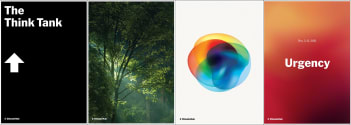
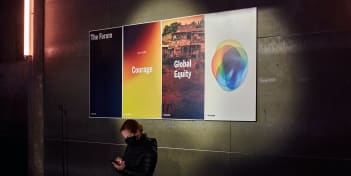
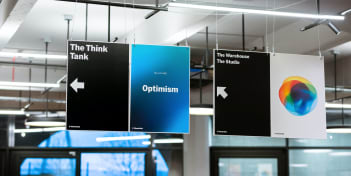

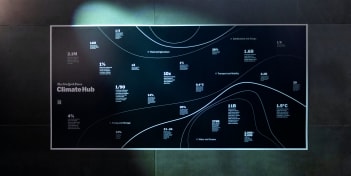
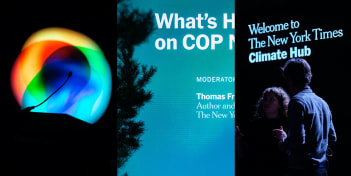
Conference of the Trees
Artist Es Devlin was brought into the project to create an immersive experience in the main room of the Climate Hub, giving attendees a space for reflection and creative thought on climate change. The installation “Conference of the Trees”, a temporary Scottish native forest, was made up of 197 trees and plants representing the 197 countries that have ratified the United Nations Framework Convention on Climate Change. After the closing of the Climate Hub the trees and plants were planted nearby as a native public garden.
Es Devlin further explains, “The installation is inspired by Richard Powers’ Pulitzer Prize-winning novel, The Overstory, in which the trees are the lead protagonists while the humans form the subplot. I am interested in placing Climate Hub visitors within an environment of a parallel gathering of trees, as if the trees are bearing witness, listening, and observing the progress that the humans may or may not make during the program of talks and COP26 negotiations which many are describing as our species’ last chance to making the changes necessary to avert even more profound climate crisis.”
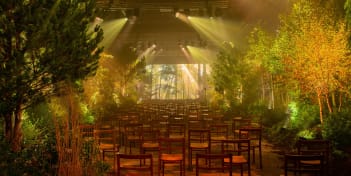
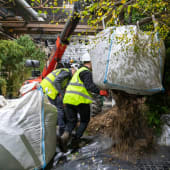
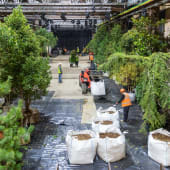
Screen Design + Toolkit
The screen design is an extension of the identity and branding. It is anchored with a strong type-driven system paired with vast color nuances of the logo. We created a flexible toolkit for the two main stage screens and the 20 standing screens that were placed throughout the venue for wayfinding to enhance the experience.
